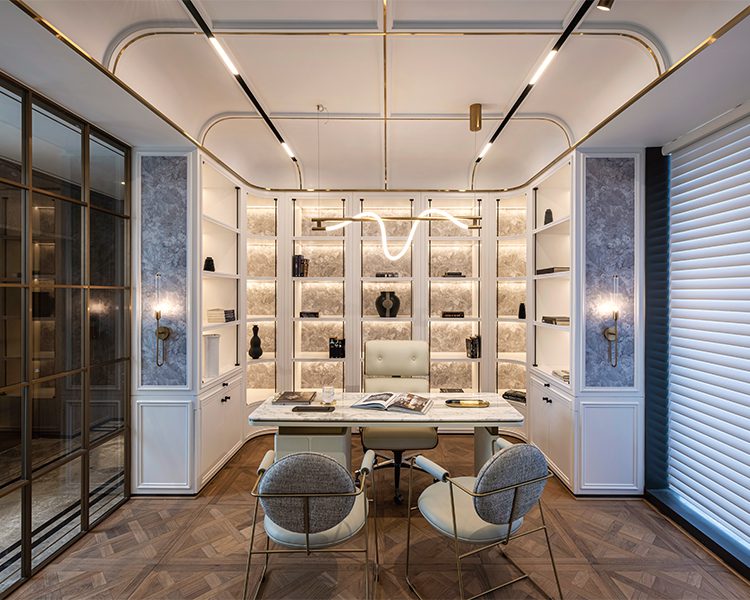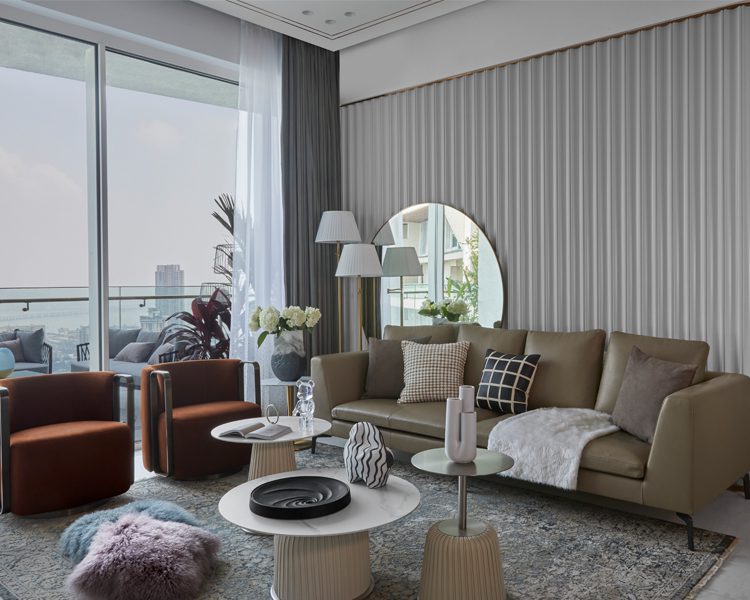How To Blend History and Modernity Using Material Palette in Interior Design

In an era of conscious living, the fusion of timeless elements with contemporary aesthetics can shape our lifestyle. Blending history and modernity in interior design creates meaningful and impactful spaces focusing on longevity, resourcefulness and cultural connection. From embracing the original architectural elements to upcycling vintage pieces/elements, here are a few tips on how to use the material palette to achieve this design integration.
Experiment with Textures
Juxtapose your materials to create a visual interest layered in historical depth and pair them harmoniously, aim to interconnect and not clash. Like textured fabrics with smooth polished surfaces or the exposed aged brick wall with sleek metal accents, balancing the old and the new.
Embracing the Stories of Materials
Let your materials show their age. Consider the original materials like patinated metals or exposed brickwork and incorporate them subtly in new ways–embracing their authenticity and continuing to evoke the past. Use sleek metals, polished concrete or innovative fabrics to represent the present.
Add Modern Twists
Seek inspiration from historical styles like arches, motifs, columns or tile patterns, and incorporate them with modern elements like minimalist furniture. By blending styles like re-imagining old materials with a modern take, choose honed marble over polished marble as kitchen countertops.
Play of Colours
Use the timeless charms of neutrals like beige or grey to let both the historical and modern elements shine. Introduce pops of colour through bold accents in furniture, textiles or accent pieces to complement or contrast the existing heritage interiors.
Make Sustainable Choices
Incorporate modern sustainable design principles by embracing reclaimed and recycled materials like wood beams or vintage tiles, thus honouring the spirit of conservation. Maybe even use repurposed antique furnishings like upcycled old doors as accent walls. Choose new materials that are responsibly sourced, like recycled glass or local stones–to reduce environmental impact.




